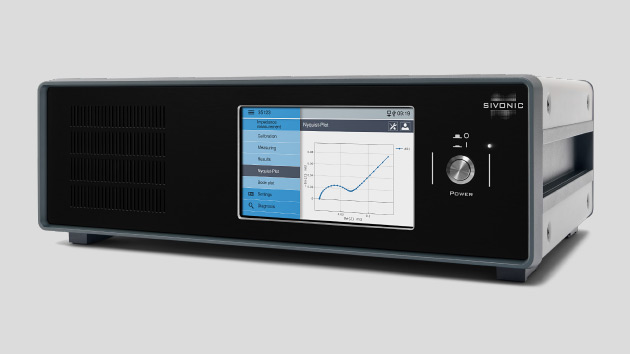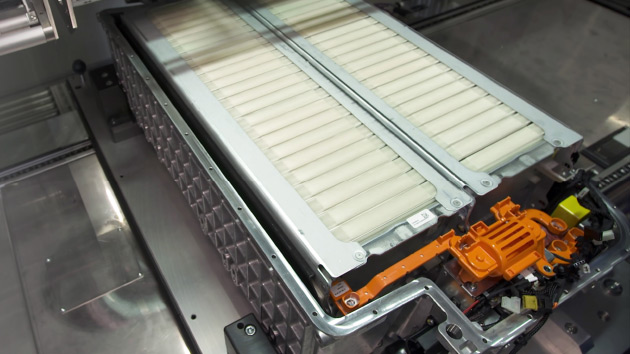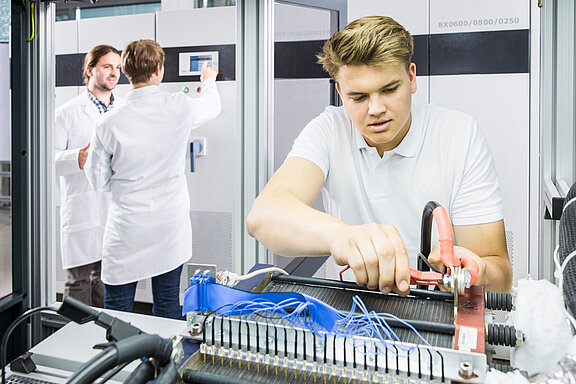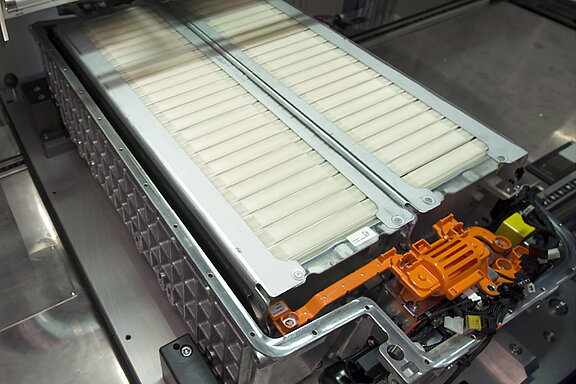Electrochemical Impedance Spectroscopy (EIS) – Precise Analysis for Electrolysis Cells
Electrochemical impedance spectroscopy (EIS) is an advanced method for analyzing the electrical and electrochemical properties of electrolysis cells. It provides valuable insights into performance, efficiency, and operational behavior by detecting impedance changes under real operating conditions.
EIS enables a detailed evaluation of individual cells and key components such as catalysts, membranes (MEA), and bipolar plates. The technology can be used to analyze entire electrolysis stacks or focus on specific cells—even during operation under varying load conditions.
As the active surface area of electrolysis cells increases, impedance decreases, making precise measurements essential. EIS accurately captures these changes and delivers critical data for performance optimization.
Modern electrolysis cells operate at high current densities, with currents exceeding 5000 A, making EIS measurements particularly challenging. For these high-current cells, impedance measurement is performed using a sinusoidal modulation current of up to ±50 A. The resulting voltage is measured across a wide frequency range to precisely determine the electrochemical properties of the cell.
The SIVONIC EIS meter complies with European and international measurement recommendations for low-temperature electrolysis and for high-temperature electrolysis and is specifically optimized for these requirements. It ensures reliable measurements—even at extremely high operating currents—providing robust data for optimizing electrolysis systems.




![Fuel Cell [Translate to Englisch:]](/fileadmin/_processed_/e/2/csm_img_Vorschau_Applikationen_Brennstoffzellen_5c9d48bd57.jpg)

![Corrosion [Translate to Englisch:]](/fileadmin/_processed_/b/0/csm_img_Vorschau_Applikationen_Korrosion_1a39355e33.jpg)
